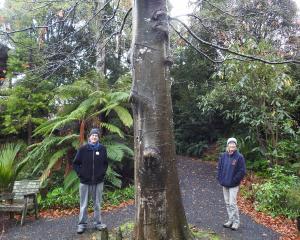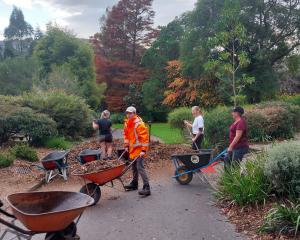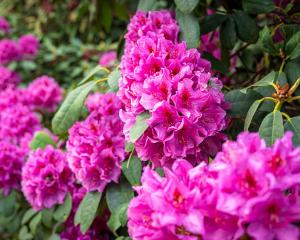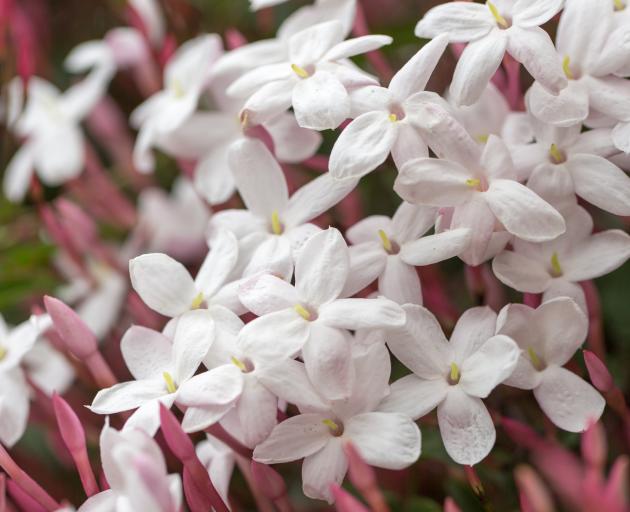
There is a tendency to think about gardening as an entirely visual art form: a pursuit that is all about playing with the colours, forms and textures of the natural world. However, to me the most dramatic impact that being around plants has on my mood usually comes not via my eyes, but from my nose. Instantly triggering emotions and memories more than any other, our sense of smell is somehow often overlooked when it comes to talking about gardens - and even more so when designing them.
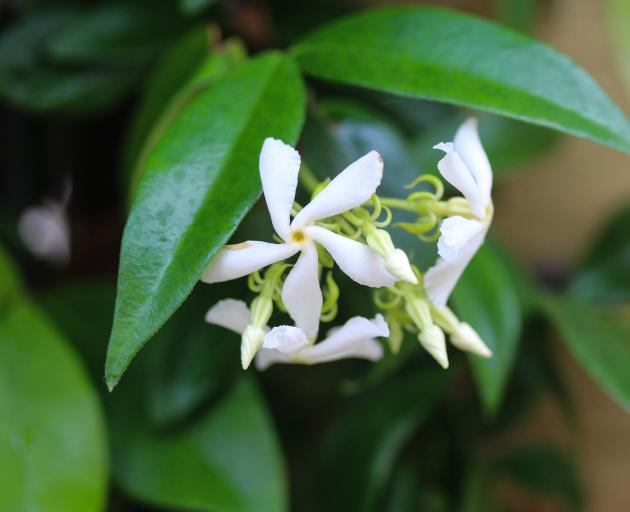
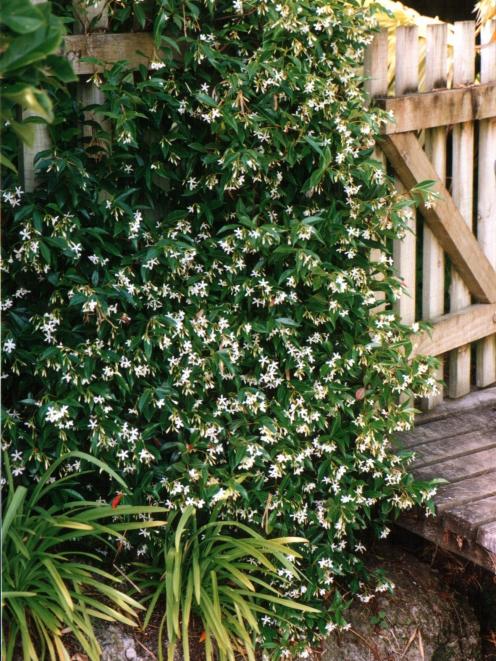
Here are three of my very favourites that can still be planted right now for knock-out fragrance all season long.
In sheltered spots, Jasminum polyanthum starts the spring with a bang, smothering itself in hundreds of white, star-shaped flowers that have bright pink throats. After an initial burst of blooms that are often pungent enough to fragrance a whole city street, they carry on giving dribs and drabs of flowers right up until the first frost. OK, it may not be quite as reliably hardy as the more common Jasminum officinale, but it more than makes up for its lack of tolerance to polar blasts with pure flower power in our climate.
Later in the summer comes Trachelospermum jasminoides, a neat evergreen climber that loves being trained against walls and over arches.
The jasmine-like flowers start out white and fade to cream, with glossy, dark green foliage that blushes bronze and red in the colder months. Despite being similar to jasmine in appearance and name, it has a very different fragrance - rich, sweet and vanilla-like.
It was once thought possible to grow Trachelospermum jasminoides only in a glasshouse, but it is proving far hardier than we gave it credit for.

The best thing about Clematis rehderiana is that it churns these flowers out right up until the first really hard frosts. It is a vigorous grower that is properly hardy, but it will need a good prune each spring in order to control its size if you are growing it on a smaller plot.
- Guardian News & Media



